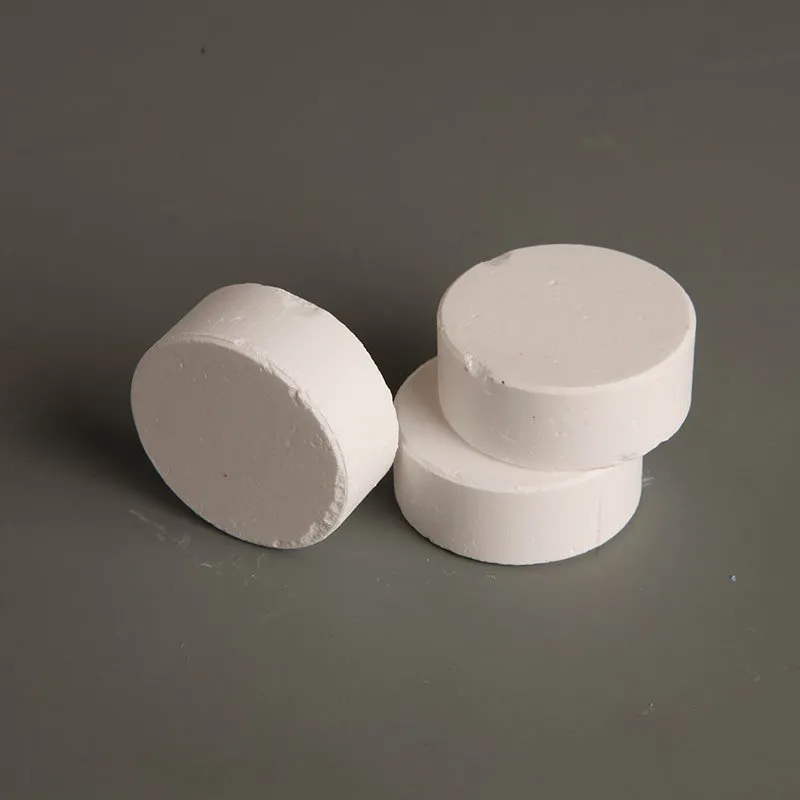



use of sodium hydroxide in soap
The Use of Sodium Hydroxide in Soap Making
Sodium hydroxide (NaOH), commonly known as lye, is a crucial ingredient in the process of soap making. Its application in this craft is not only foundational but also transformative, enabling the saponification process that turns oils and fats into soap. This article explores the importance of sodium hydroxide in soap making, its chemical properties, and safety measures that should be adhered to while using it.
Chemical Properties and Saponification Process
Sodium hydroxide is a highly alkaline compound that readily dissolves in water, producing heat and a strongly basic solution. When combined with fats or oils, sodium hydroxide initiates a chemical reaction known as saponification. This process involves the hydrolysis of the triglycerides found in fats and oils, resulting in the formation of glycerol and fatty acid salts — the latter of which is what constitutes soap.
The general reaction formula for saponification can be simplified to
\[ \text{Fat} + \text{Sodium Hydroxide} \rightarrow \text{Soap} + \text{Glycerol} \]
The type of soap produced can vary based on the source of fats or oils used, as different fatty acids yield different properties in the final product. For instance, coconut oil creates a hard, cleansing bar soap, while olive oil produces a milder and more moisturizing soap.
Benefits of Using Sodium Hydroxide
One of the primary benefits of sodium hydroxide in soap making is its ability to create a wide variety of soap types suitable for different skin types and personal preferences. This versatility is largely due to the various combinations of oils that can be used, allowing artisans to craft unique bars with desired fragrances, textures, and aesthetic qualities.
use of sodium hydroxide in soap

Moreover, sodium hydroxide is essential for achieving a proper pH balance in soap. Most handmade soaps are slightly alkaline, which can help effectively cleanse the skin by breaking down oils and dirt. When saponified, sodium hydroxide becomes part of the soap molecule and is neutralized, making the finished product safe for use.
Safety Precautions
Despite its efficacy, handling sodium hydroxide requires caution and respect. It is a caustic substance that can cause severe burns if it comes into contact with skin or mucous membranes. Therefore, soap makers must take several safety precautions
1. Personal Protective Equipment (PPE) Always wear gloves, goggles, and long sleeves to protect your skin and eyes. 2. Proper Ventilation Ensure that your workspace is well-ventilated to avoid inhaling any fumes created during the mixing process.
3. Storage Sodium hydroxide should be stored in a secure, labeled container away from children and pets.
4. Mixing Solutions When mixing sodium hydroxide with water, always add lye to water (not the other way around) to avoid violent reactions.
5. First Aid Be prepared with a first aid kit and know how to address lye-related injuries, which may include rinsing with water and seeking medical attention if necessary.
Conclusion
Sodium hydroxide is indispensable in the soap making process, enabling the transformation of natural oils and fats into effective cleansing agents. When used correctly and safely, it allows artisans to create a diverse range of soaps tailored to various preferences and skin needs. Understanding both the benefits and potential hazards of sodium hydroxide ensures that the art of soap making remains a safe and rewarding endeavor for all.
-
Why Sodium Persulfate Is Everywhere NowNewsJul.07,2025
-
Why Polyacrylamide Is in High DemandNewsJul.07,2025
-
Understanding Paint Chemicals and Their ApplicationsNewsJul.07,2025
-
Smart Use Of Mining ChemicalsNewsJul.07,2025
-
Practical Uses of Potassium MonopersulfateNewsJul.07,2025
-
Agrochemicals In Real FarmingNewsJul.07,2025
-
Sodium Chlorite Hot UsesNewsJul.01,2025










